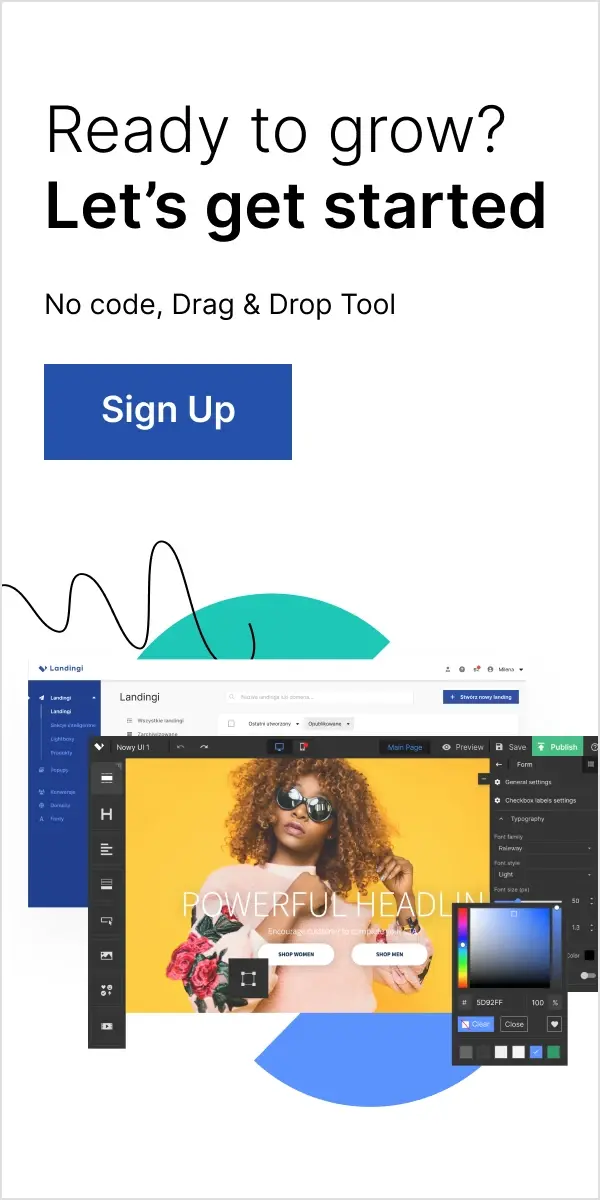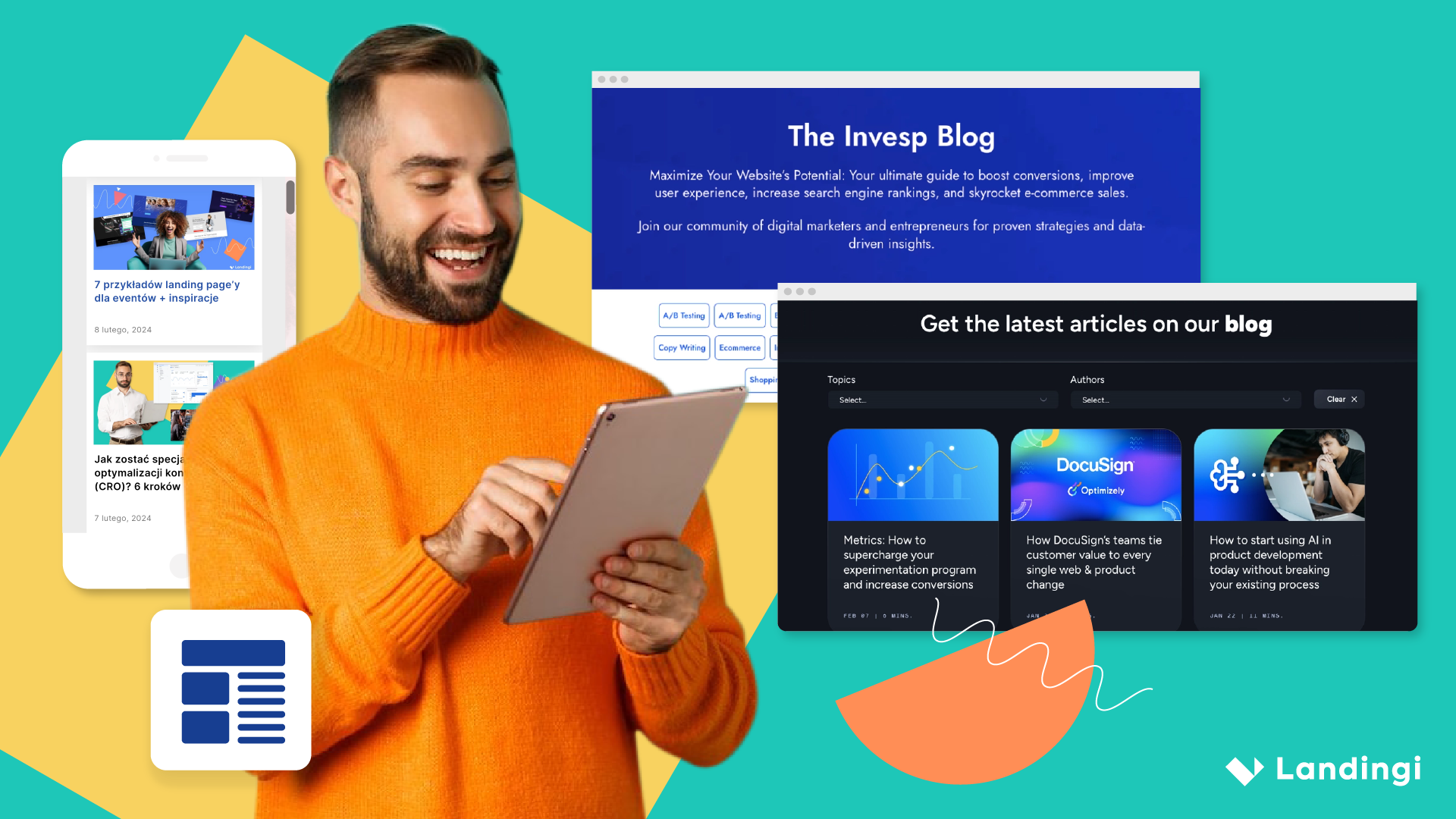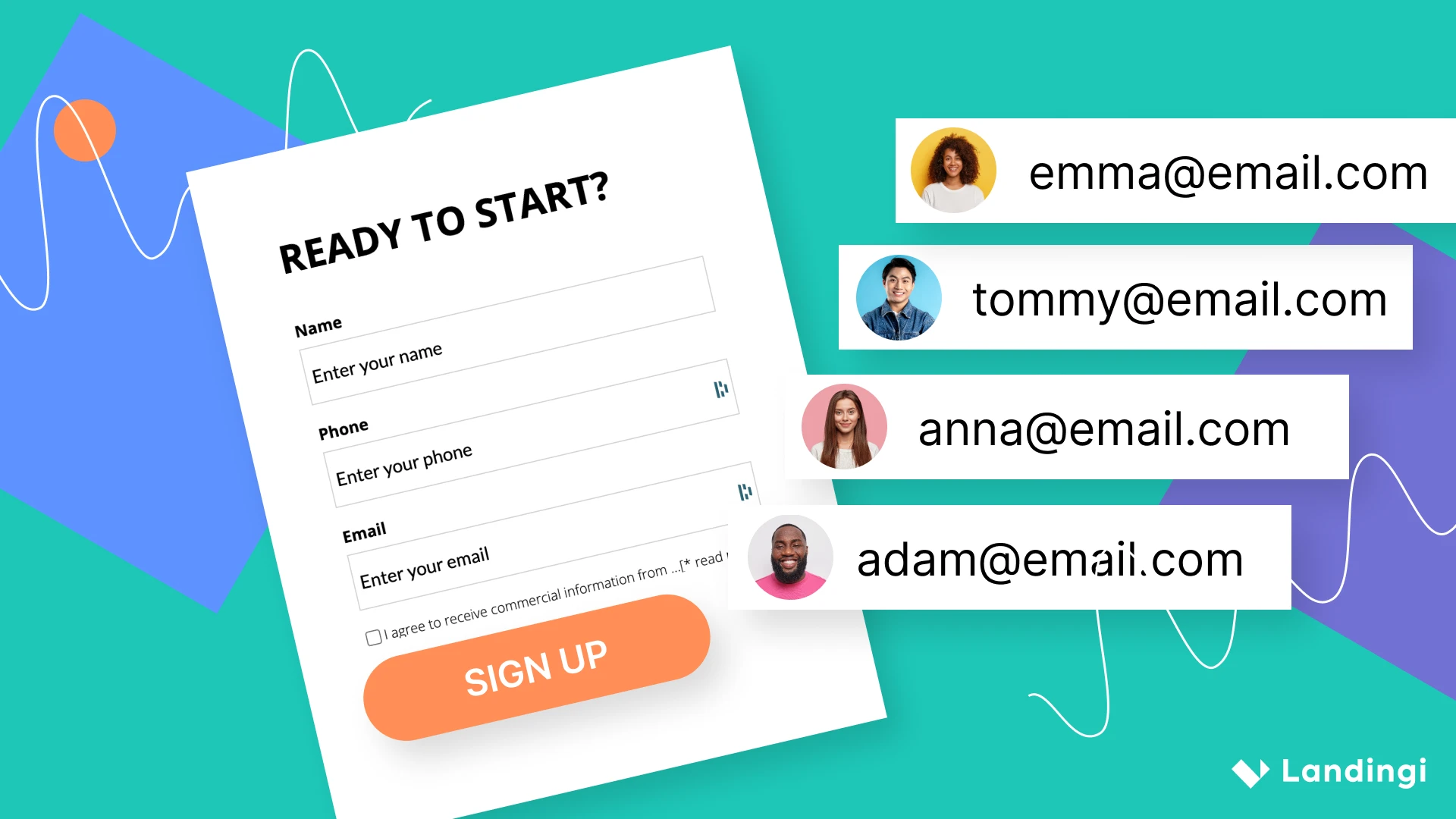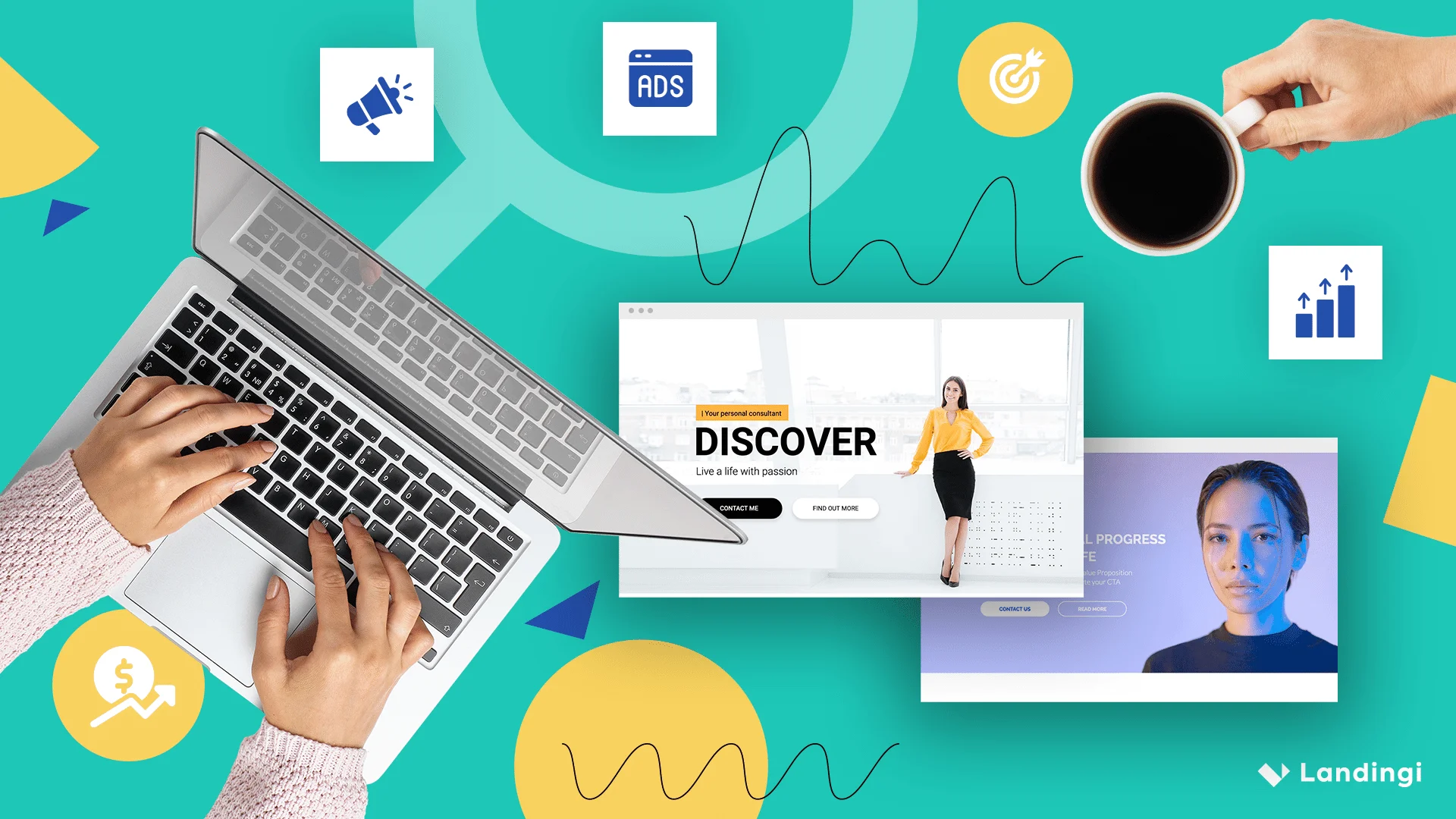UX may not have been a big thing a few years back, but these days it is on the lips of every single digital marketing guru. Have you already come across statements saying that if you don’t take care of your UX design, you neither inspire trust nor encourage visitors to explore what you have to offer? Or that with poor UX design you will always stay behind your competitors?
Truth being told, these statements are highly accurate as UX design has a significant impact on your online business success (or failure) and it cannot be overlooked. Once you read this article you will know:
- what is UX,
- what is UX design,
- what are the most most important UX design principles,
- how does UX design process look like.
What is UX anyway?
UX stands for User Experience, which – to put it briefly – is the way your visitors feel about using a website or a specific product or service. It takes into account such factors as their emotions, their attitude towards particular products and services, as well as perception aspects like utility, easiness of use and efficiency.
UX is an evolving domain an, as such, is changing overtime depending on current circumstances. Since it’s based on individual perception its evaluation may also be subjective. However, there are some best UX practices that are generic and should always be implemented when it comes to website or product design.
What needs to be emphasized is that because UX is just the effect of user designers’ work, it is often compared to an iceberg. Ordinary users see just the tip of it while all the remaining processes behind the design are hidden under the surface. In order to have UX design of high quality, you need to pay attention to these processes, because only if you take care of every single one of them, your project may succeed.Source: https://cxl.com/
As you can see, high quality UX consists of:
- appropriate strategy based on a solid research,
- defined scope and requirements,
- a meaningful and user-friendly structure,
- an appropriate skeleton (responsive design, intuitive navigation),
- appealing visual design.
What is UX design?
UX design basically is a user-oriented websites design. UX is all about creating such products and services that take users’ needs, habits, skills, sensitivity or doubts into consideration. Thanks to UX and its appropriate implementation business websites, platforms, applications, products or services sites are useful, informative, intuitive, convincing and appealing.
Looking at the world today, UX design had an enormous impact on creating easy-to-use banking systems, credible information sites, beloved and user-friendly applications, most popular social media platforms or desired digital products. By putting users first, all these platforms have become widely used and, at the same time, partially diversified some systems and services (think of how many times you were in a bank and how many times you used banking systems instead in the past years).
What are the most most important UX design principles?
UX design is not just about well-thought and tailored appearance. Besides that, UX design should follow the best practices such us:
- usability first,
- consistency,
- fulfilling users’ needs,
- simplicity,
- honesty.
When it comes to UX design planning what should be taken into consideration is definitely the way users consume the content you provide them with, how it impacts their lives and what results it brings. It is the absolute essence of well-prepared UX and only once you take care of it you can seduce your users and outperform competitors on digital market.
How does UX design process look like?
A UX design process is something that everyone in UX industry uses in a slightly different way depending on a project specification. However, there are 5 key phases every UX process should consist of:

Source: https://theblog.adobe.com/
Step 1: Definition
The first step in User Experience design process is obviously defining the problem you want to solve. Frankly speaking, it is the most crucial phase – a jumping-off point impacting every single aspect of user experience design. Picture what your business (or a specific product) does for your customers and how it can help them.
Once you get to the root of the problem, you should start with a kick-off meeting with key stakeholders such as developers, data analysts, designers, a UX specialist and a project manager. The outcome of the meeting should be:
- a set of goals and expectations,
- a value proposition – defining what the critical aspects are,
- a product story – 1-2 sentences summing up the value of the product,
- detailed plan with measurements – KPIs, prioritisation, target users, definition of information architecture and content,
- timescales.
After the meeting, the crucial thing is to gather all the information and the outcome together, and to send the notes to all vital people – effective communication is one of the most essential success determinants.
The first step in User Experience design process is obviously defining the problem you want to solve.
Step 2: Research
Once you establish the key goals and expectations towards the undertaken project, you need to carry out a solid research on both your market and users. The market research allows you to determine what people want and to check whether there will be the demand for the type of product or service you want to provide your customers with. When it comes to user research – it is principally about users’ behaviour and their needs.
Market research is highly helpful when it comes to a new product development, adding features to already existing products, better understanding of customers and their perception of your services. On the other hand, user research can be helpful when it comes to getting to know your potential customers, observing customers’ behaviour, providing them with additional data and focusing on enhancing user experience.
Step 3: Analysis
Once you gather a lot of useful information about market and users, it is about time to make use of it and conduct appropriate analysis. Scrupulous data examination may confirm the validity of the assumptions made in the previous phases.
During this phase, creating a user persona – a representation of a different user types – or experience maps presenting the user flow visually, may turn out to be very helpful. The first one may assist you in segmenting the audience in a reliable and realistic way while the latter enables you to sketch out the UX.
Step 4: Design
Yes! We finally made it to layout in UX process design. Only once you have clear business objectives and the mission of your product defined, you may create the final product. People don’t buy things because of a nice and colourful package but because of the idea behind it. As Steve Jobs once said ,“Design is not just what it looks like and feels like. Design is how it works.” And that is why building fundamentals first is such a crucial action.
In order to facilitate a design process, it is advisable to implement design specification, which is a highly detailed document with information about the product that should serve as a map during the design process. It should consist of an introduction (what problem it solves), colours and styles of interface, information about users and task flows. Providing designers with such information significantly decreases the risk of an inappropriate design.
“Design is not just what it looks like and feels like. Design is how it works” – Steve Jobs #design #landingpages
Step 5: Validation and testing
Since you have gone through all the conceptual and designing phases, now it is time to finally validate your design with the stakeholders and test whether the users will fancy what you have created.
There are two main types of testing you should go through: usability and user testing. The first one is pretty easy and you can actually conduct it by yourself by simply getting into shoes of your visitors and checking the user flow on your business site or your product. Be your own critic and check what is working perfectly and where you can find some areas of improvement.
The latter is usually associated with complication and expensiveness, but it doesn’t have to be this way. There are many different techniques to check whether your actual users will be keen on your work: A/B testing, surveys and focus groups. Choose the most appropriate path and just check. Some costs will be inevitable but it is an investment that might bear fruit in the future.
As you can see, UX is quite a hefty and compound area. However, these days it cannot be ignored as otherwise it will negatively affect users’ trust, new customers acquisition or the existing ones’ retention. Be aware that there is no solution that suits all, but your goal is to create a business website, a product or a service that your targeted users will fancy. And the rest of the world doesn’t have to ?







